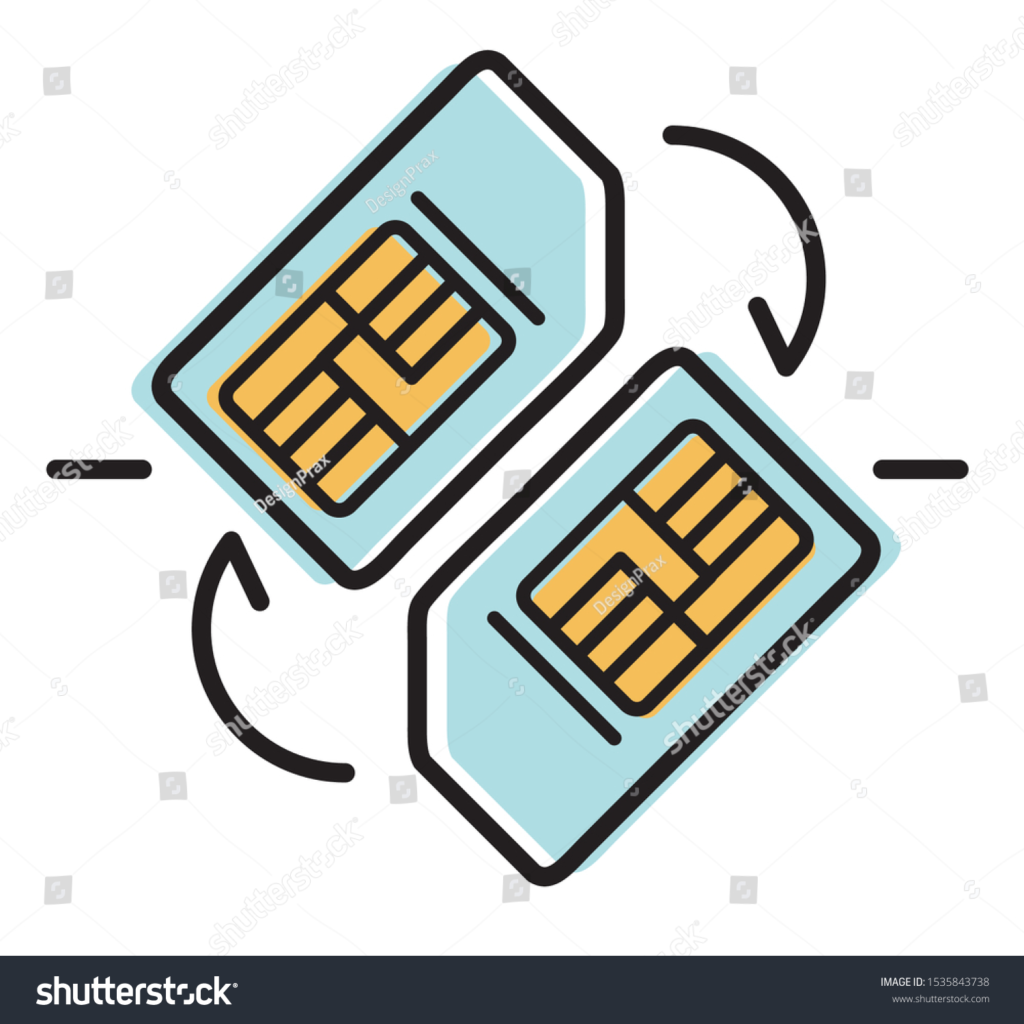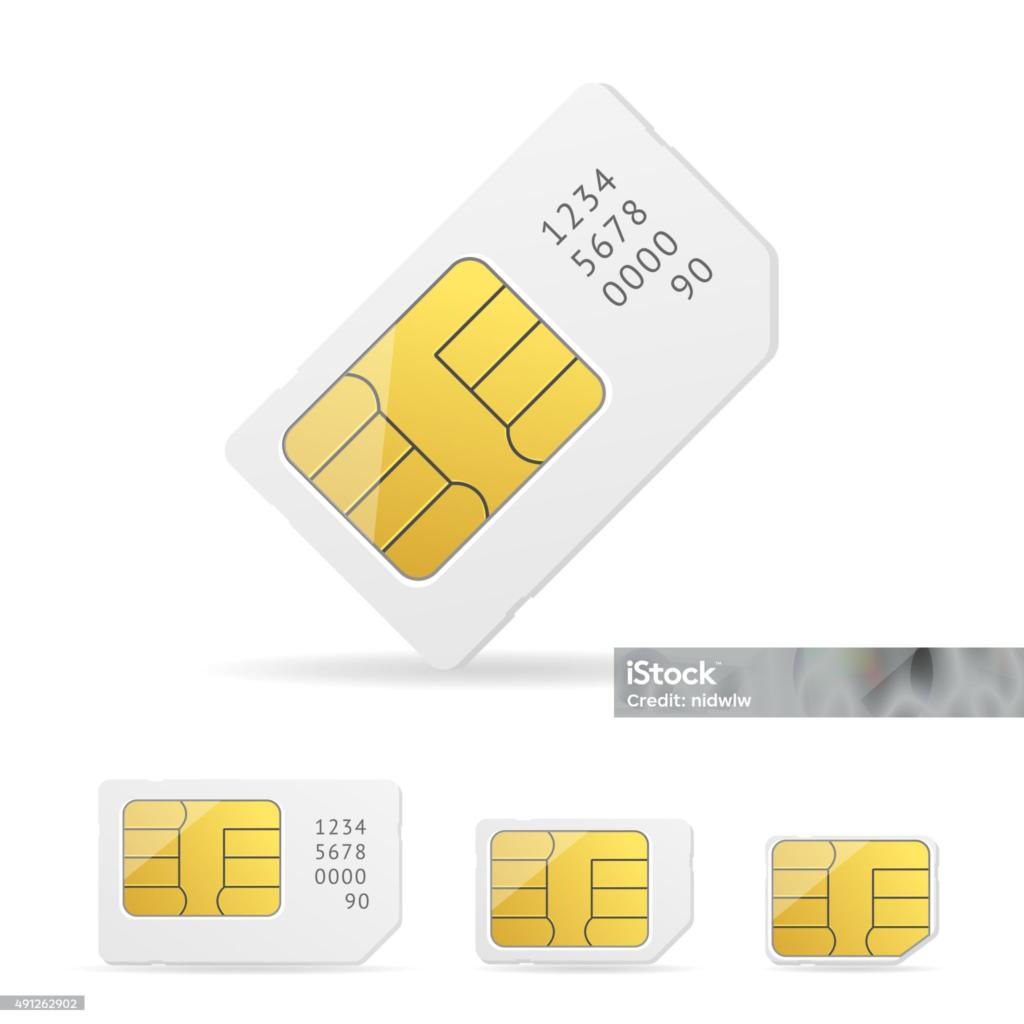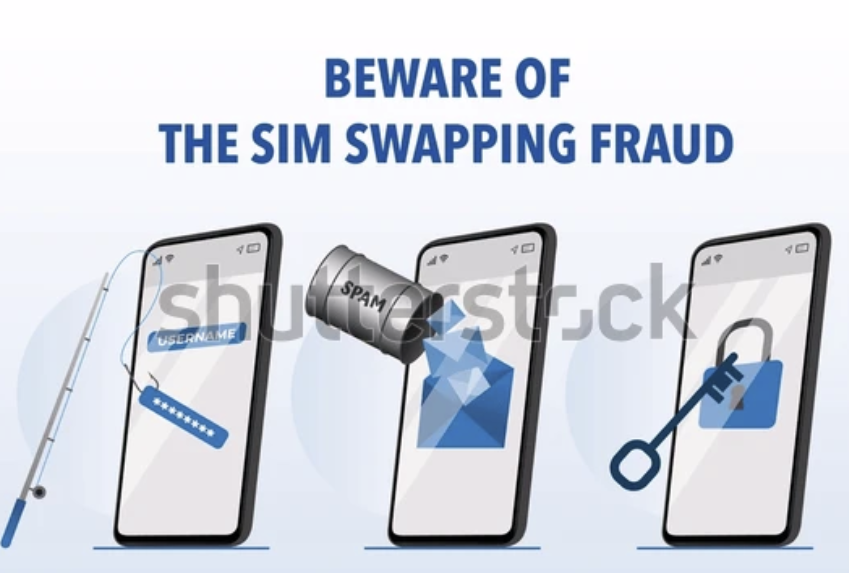Best way to Protect Yourself from SIM Card Swap Scams
Learn the best ways to protect yourself from SIM card swap scams, including securing your accounts, setting up PINs, and using two-factor authentication.
What is a SIM Card Swap Scams?
A SIM card swap scams (also known as SIM hijacking or SIM swapping) is when a fraudster convinces your mobile carrier to transfer your phone number to a new SIM card, effectively taking control of your phone number. This scam typically begins with the scammer gathering personal details about you—either from data breaches, social engineering, or publicly available information.
Once the scammer has enough information, they contact your mobile carrier and impersonate you to request that your phone number be transferred to a new SIM card. If successful, your phone will stop working, and the scammer will have access to all the texts, calls, and, most importantly, the two-factor authentication (2FA) codes that are sent to your phone number.
The scammer then uses this access to break into your email, bank accounts, and other sensitive accounts, often leading to financial loss and identity theft.

How Do Scammers Execute SIM Card Swap Scams?
- Information Gathering: Scammers need personal information about you to succeed in their scam. They might gather this information through social media, phishing emails, data breaches, or even public records. The details they typically look for include your full name, date of birth, address, and any security questions you may have answered online.
- Contacting the Mobile Carrier: Once the scammer has enough information, they’ll call or go online to your mobile carrier’s customer service. They may pretend to be you, giving the carrier all the necessary details to authenticate the request.
- SIM Activation: After the scammer’s request is processed, your phone number is activated on their SIM card. As a result, your phone will lose signal and stop receiving calls and texts, while the scammer’s phone will now receive all calls and texts that were originally directed to your number.
- Accessing Accounts: The scammer can now use the SIM card to receive 2FA codes for any online accounts tied to your phone number. Since many people use SMS-based 2FA, this gives the scammer full access to your email, social media, and even your bank accounts. If your email is compromised, they may also have access to account recovery options for other services you use.
Technology Used by Scammers in SIM Card Swap Scams
Scammers use several types of technology and techniques to execute SIM card swaps. Here’s a look at the most common ones:
- Social Engineering: Scammers rely heavily on social engineering tactics to manipulate customer service representatives at mobile carriers. By providing just enough personal information, they can trick customer service agents into transferring the phone number to a new SIM. Sometimes, they may even pose as a legitimate representative from the carrier and call or email customers to gather more data, furthering the scam.
- SIM Cloning: Some advanced fraudsters may use a process called SIM cloning, where they replicate your SIM card’s information to create an identical copy. However, this method is less common due to security improvements in mobile network systems.
- Phishing: Scammers may use phishing tactics to steal information directly from you. They might send fake emails, texts, or messages impersonating your mobile carrier, asking you to verify your account or reset a password. By clicking on the link, you could unknowingly give away sensitive information that the scammer can use to initiate a SIM swap.
- Data Breaches: With so many data breaches in recent years, scammers often purchase or collect large databases of personal information from these leaks. Information like your phone number, email address, and full name can often be found in these leaks, giving scammers the ammunition they need to launch a successful SIM card swap.
- Carrier Vulnerabilities: Some mobile carriers may have weak or outdated security procedures for verifying identity when customers request SIM swaps. While most major carriers have improved their security, smaller or less-secure companies may still be at risk.
How to Protect Yourself from SIM Card Swap Scams
Now that you know how the scam works and the technology involved, it’s time to focus on how you can protect yourself from SIM Card Swap Scams. Below are some steps you can take to safeguard your personal information:

- Set Up a PIN or Password with Your Carrier: The most effective way to protect yourself is to set up a PIN or password on your mobile account with your carrier. This adds an extra layer of security and prevents anyone from making changes to your account without knowing the PIN.
- Enable Two-Factor Authentication (2FA) on Your Accounts: Always enable 2FA on your online accounts, especially email and banking accounts. Ideally, use an authentication app (like Google Authenticator or Authy) instead of relying on SMS-based 2FA. SMS can be intercepted in a SIM swap attack, while app-based 2FA is much more secure.
- Be Cautious with Your Personal Information: Be mindful of what personal information you share online. Avoid oversharing on social media, as scammers often gather personal details from these platforms to build a profile of you. Also, be careful when answering security questions—answers to questions like “What is your mother’s maiden name?” are easy for scammers to guess if they know a little about you.
- Monitor Your Accounts Regularly: Keep an eye on your bank accounts, email, and any other services that contain sensitive information. If you suddenly lose access to your phone or notice unusual activity, immediately contact your carrier and lock down your accounts.
- Educate Yourself and Others: Stay informed about new scams and make sure your family and friends know how to protect themselves as well. Scammers are constantly evolving their tactics, so staying up-to-date is essential in preventing fraud.
- Use Strong Passwords and Encryption: Ensure that all your online accounts have strong, unique passwords. Consider using a password manager to generate and store complex passwords. Encrypted communications and apps can also help protect your personal information from prying eyes.
- Be Wary of Phishing Attempts: Scammers often use phishing as part of their tactics to steal information. Always verify the authenticity of any message that asks for sensitive information, even if it seems to come from a trusted source.
Conclusion
SIM card swap scams are a serious threat in today’s interconnected world. While scammers use sophisticated methods to gain access to your accounts, you can take steps to prevent falling victim to these attacks. By implementing strong security practices, staying vigilant, and being cautious about the personal information you share online, you can greatly reduce your risk of becoming a target of SIM card swap scams.






